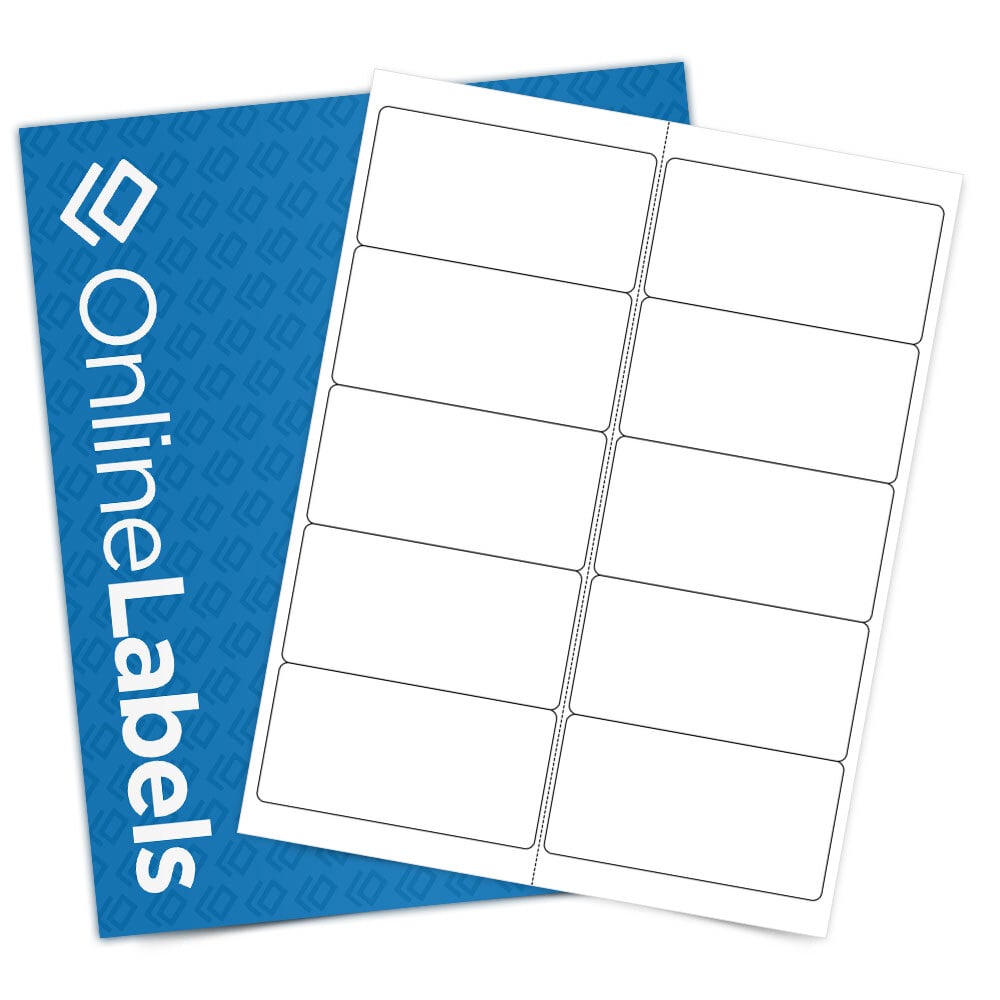Perfect Blank Labels for labeling anything.
Perfect Blank Labels for labeling anything.
Blog Article
Understanding Just How Blank Labels Work to Boost Your Labeling Experience
Understanding the mechanics of blank labels is crucial for optimizing your labeling techniques across various contexts. To totally realize how these labels can transform your processes, one should think about the various kinds offered and the myriad methods they can be tailored to match details demands.

Advantages of Using Blank Labels
Blank labels supply a flexible remedy for different classifying requirements, making them important in both individual and professional setups. Their flexibility enables customers to create personalized labels customized to particular needs, enhancing business performance. Whether used in office, retail environments, or industrial applications, blank labels promote the identification and classification of items, documents, and personal things.
One considerable advantage of blank labels is their cost-effectiveness. By permitting users to print only the labels they need, waste is lessened, and supply monitoring comes to be more manageable. Furthermore, blank labels are compatible with different printing techniques, consisting of inkjet and printer, making them obtainable for various customers.

Additionally, making use of blank labels simplifies the procedure of upgrading information, as individuals can conveniently print new labels to change outdated ones, guaranteeing that all items and documents are precisely classified. Overall, blank labels offer a sensible and efficient labeling service for varied applications.
Kinds Of Blank Labels Available
What choices are readily available when it comes to blank labels? Blank labels come in a selection of kinds, each matched for various applications and choices.
An additional preferred alternative is artificial labels, often made from materials like polyester or plastic. These labels are recognized for their longevity and resistance to water, chemicals, and tearing, making them suitable for rough settings. They are generally made use of in industrial settings or for labeling items that may be subjected to moisture.
In addition, there are thermal transfer labels, which call for a printer that makes use of warmth to move ink onto the tag surface area. These labels are favored for their premium print and durability.
Finally, specialty labels accommodate specific demands, such as detachable labels for momentary use or high-temperature labels for extreme problems. Recognizing these choices allows users to pick one of the most suitable blank label for their one-of-a-kind labeling needs.
Personalization Options for Labels
A broad array of modification choices is available for labels, wikipedia reference allowing customers to tailor them to specific demands and branding demands. Customers can choose from various dimensions, shapes, and products to make sure that the labels successfully fit their intended objective. Typical products include paper, polyester, and plastic, each using different degrees of sturdiness and visual charm.
Shade choices play a vital duty in personalization, enabling brands to keep consistency with their company identity. Customers can pick from a range of colors or perhaps select customized printing to match details branding aspects. In addition, labels can be printed with special designs, logos, and message, enhancing brand acknowledgment and visual effect.
An additional important element is the selection of adhesive. Labels can be created with irreversible, removable, or repositionable adhesives, depending upon the application needs. This flexibility enables reliable labeling solutions across different settings, from retail to commercial settings.

Tips for Effective Labeling
Reliable labeling goes past customization; it additionally involves critical considerations that enhance performance and communication. To accomplish effective labeling, start by clearly specifying the function of each tag.
Following, prioritize exposure by picking proper shades and font styles. High comparison between text and history enhances readability, while bigger fonts assist in fast identification. Furthermore, ensure that labels are positioned in a regular and logical way, making it less complicated for individuals to situate and interpret info.
Think about the durability of labels also. Pick products matched for the certain atmosphere where the labels will be utilized, whether it be inside or outdoors. Waterproof or tear-resistant choices might be necessary depending on the context.
Finally, regularly review and update your labels to show any kind of adjustments in information or usage. This proactive method not just preserves quality yet additionally avoids confusion in time. By complying with these ideas, you can maximize the effectiveness of your labeling efforts, ensuring they serve their intended purpose efficiently.
Applications of Blank Labels
Blank labels offer various applications across various industries, making them an invaluable tool for company and interaction. These functional labels are frequently utilized in storehouses for stock administration, allowing businesses to easily recognize and track items. By applying blank labels to storage bins, racks, or pallets, business can improve their operations and reduce the chance of mistakes.
In the health care sector, blank labels play a critical duty in classifying medicines and medical products, making sure proper recognition and use. Customizable labels can consist of necessary info such as dosage, expiry dates, and person information, enhancing special info safety and security and conformity.
In retail, blank labels assist in rates products, giving promos, or labeling rack locations, which inevitably improves the consumer experience. They enable fast updates to prices or item info without the need for pre-printed labels.
Moreover, blank labels are advantageous for individual use, such as arranging office, crafting, or identifying food containers. Their adaptability enables individuals to produce customized services that fulfill particular demands. Overall, the applications of blank labels are substantial, underscoring their value in promoting performance and clarity in different setups.
Conclusion
Finally, blank labels present a flexible and reliable solution for different classifying demands. Their adaptability in dimension, form, and check out here product permits tailored applications throughout various environments. By leveraging personalization alternatives and reliable labeling techniques, organizations can boost quality and communication (Blank Labels). Ultimately, the combination of blank labels right into functional procedures adds to improved efficiency, making them a vital source for both individual and specialist use.
Report this page